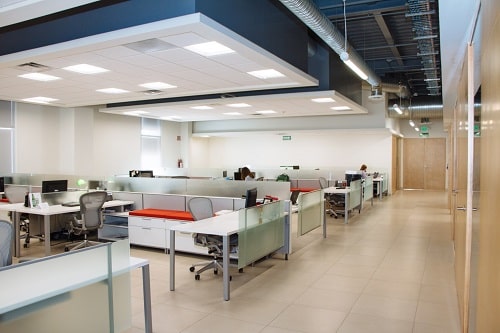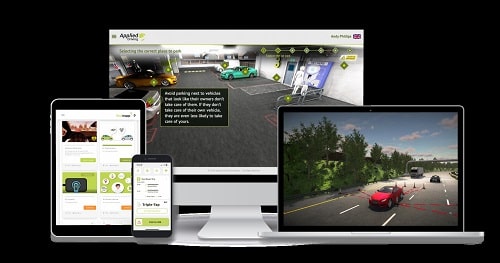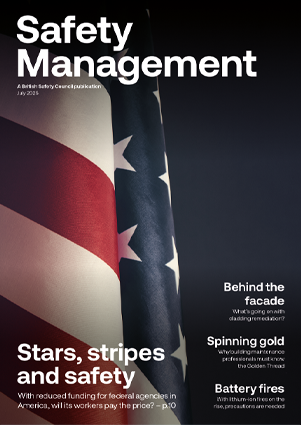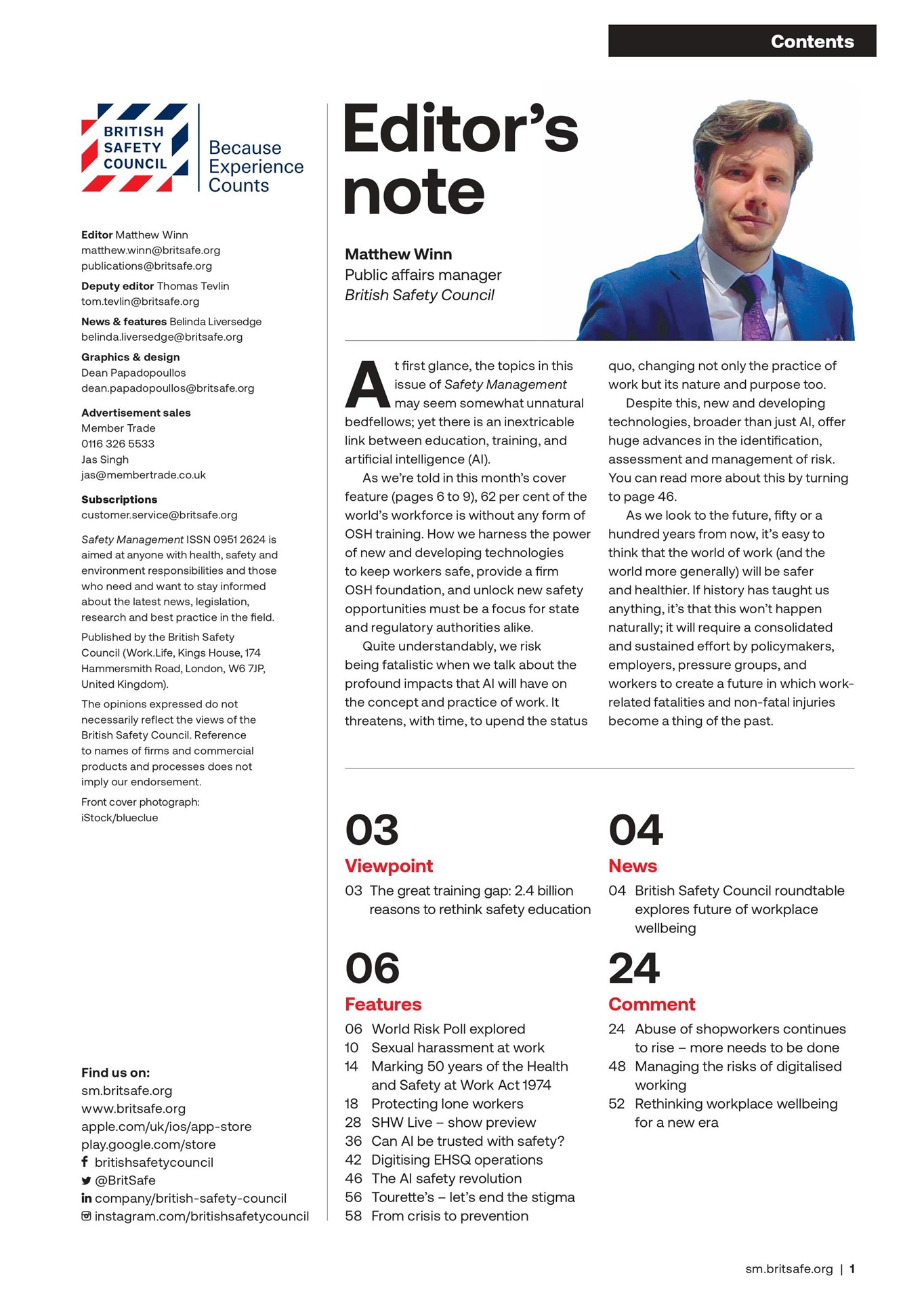A false dichotomy: safety regulation vs. economic prosperity
In recent months, political leaders around the world have rallied behind an all too familiar battle cry: seeking to slash “red tape” and unlock promised profits, productivity, and potential. This pledge for regulatory reduction perpetuates a dangerous and false dichotomy - that safety regulations and economic prosperity exist only in opposition to one another. In reality, nothing could be further from the truth.
By Mike Robinson FCA, British Safety Council on 02 May 2025














